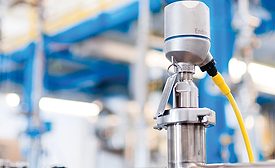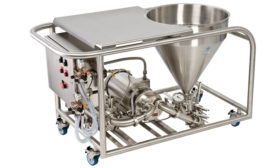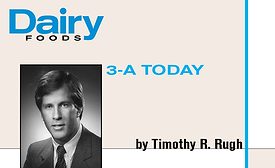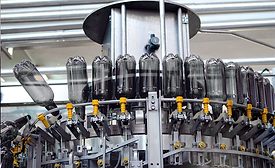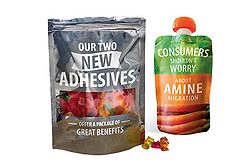Operations
Automation Series
Automated temperature monitoring and control help ensure food safety during transit, processing and storage, and satisfy electronic recordkeeping requirements.
Read More
Data collection proves valuable in processing automation
High-pressure processing gains traction in beverage market
March 15, 2017
Online training modules for hygienic design provide practical knowledge
3-A SSI introduced three new hygienic equipment design e-learning modules available for free.
February 14, 2017
Lake Champlain Chocolates achieves SQF certification
Second-generation leadership uses third-party certification, assuring safe food practices.
November 18, 2016
Benefits of all food-grade lubricant cabinet
Transition will minimize contamination risks of lubricants
July 15, 2016
Special Report: Food Safety
How to Mitigate Risk as Consumers Question Food and Packaging Safety
April 1, 2015
Never miss the latest news and trends driving the food safety industry
eNewsletter | Website | eMagazine
JOIN TODAY!Copyright ©2025. All Rights Reserved BNP Media.
Design, CMS, Hosting & Web Development :: ePublishing
